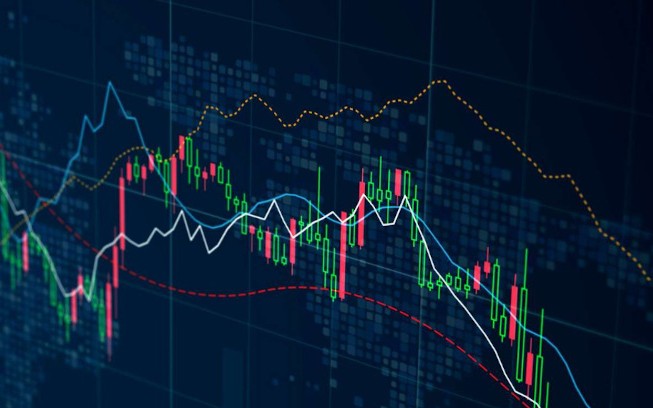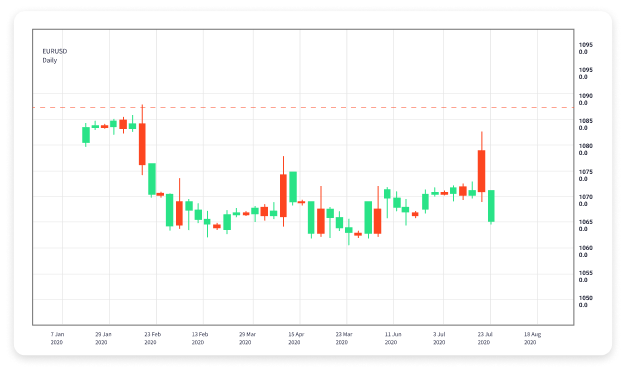
The Forex market operates 24 hours a day due to the global nature of currency trading. To understand how this works, one must consider the various trading sessions that take place across different financial centers around the world. These sessions are primarily categorized into three main trading periods: the Asian session, the European session, and the North American session. Each of these sessions corresponds to specific time zones where traders are most active. For more details, visit forex trading sessions time zones trading-vietnam.com.
Overview of Forex Trading Sessions
The Forex market is segmented into four major trading sessions based on geographical locations. These include the Sydney session (Oceania), Tokyo session (Asia), London session (Europe), and New York session (North America). Understanding the working hours of these sessions is crucial for traders as it affects market volatility, liquidity, and trading strategies. Each session overlaps with the others, creating a period of increased activity, especially during the transitions between sessions.
1. The Sydney Session
The Sydney trading session is the first major Forex session to open each 24-hour trading day. It begins at 10 PM GMT and runs until 7 AM GMT. The Sydney session typically sees lower trading volumes compared to other major sessions. However, it is essential for traders looking to trade Australian dollar (AUD) and New Zealand dollar (NZD) pairs. During this time, there may also be broader market movements driven by events in Asia, particularly due to the significant influence of the Japanese market as it opens shortly after.
2. The Tokyo Session

Following the Sydney session, the Tokyo session kicks off at 12 AM GMT and continues until 9 AM GMT. This session is crucial for trading major Asian currencies, including the Japanese yen (JPY). The Tokyo session usually experiences increased volatility due to economic data releases from Japan and surrounding countries. The overlap with the Sydney session allows for increased liquidity as traders react to new market information.
3. The London Session
The London session is one of the most significant trading periods, reflecting high trading volumes and volatility. It opens at 8 AM GMT and closes at 5 PM GMT. This session overlaps with both the Tokyo and New York sessions, which is why it is considered extremely active. Currency pairs that include the euro (EUR), British pound (GBP), and other major European currencies see considerable trading activity during this time. London is home to many major financial institutions and brokers, which contributes to its significance in the Forex market.
4. The New York Session
The New York session begins at 1 PM GMT and ends at 10 PM GMT. It is the final major trading session of the day and is characterized by high liquidity, particularly when it overlaps with the London session. This period is crucial for trading USD pairs, and many market-driven news releases come from the United States, significantly influencing market movements. Traders should be particularly attentive to this session for potential impactful economic announcements and data releases.
Understanding Time Zones

Forex trading operates in multiple time zones, making it critical for traders to be aware of the local times for each trading session based on their location. Trading hours typically continue uninterrupted on weekdays, but different regions open and close at various times, leading to 24-hour trading potential. As trading sessions overlap, the market experiences increased volume and may exhibit more pronounced trends and reversals. Tools such as Forex time zone converters can assist traders in adapting their strategies according to market timings.
The Importance of Trading Session Overlaps
The overlaps between various trading sessions play a crucial role in the dynamics of Forex trading. The most significant overlaps occur between the London and New York sessions, resulting in high liquidity and volatility. Traders can often find better trading opportunities during these times as price movements become less predictable. Understanding session overlaps allows traders to strategize effectively by taking advantage of trading bursts as they occur.
Maximizing Trading Opportunities
To maximize profits in Forex trading, traders should align their trading strategies with the active market sessions. Adopting a session-based strategy allows traders to focus on specific currency pairs and predict potential market movements based on economic news releases and events. For instance, currency pairs that are heavily affected by European economic releases would be more prominent during the London session, while currency pairs involving the Australian dollar would be more suitable for the Sydney session.
Conclusion
Understanding Forex trading sessions, their respective time zones, and the impact of their overlaps is essential for Forex traders looking to optimize their strategies. By being aware of when different markets open and close, traders can effectively respond to market conditions and make informed trading decisions. Ultimately, recognizing the importance of each session can empower traders to leverage opportunities in the Forex market, leading to more successful trading strategies.
